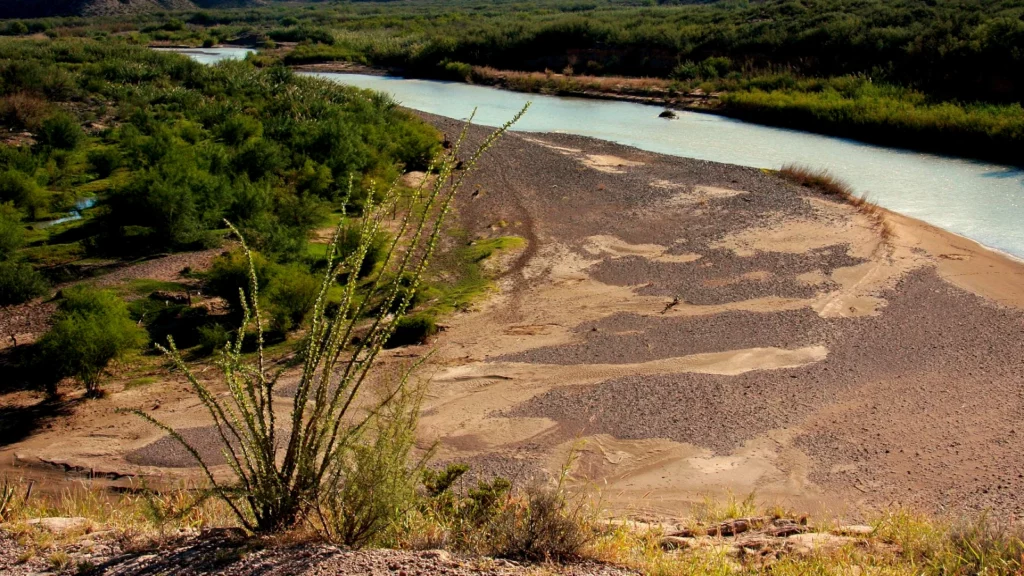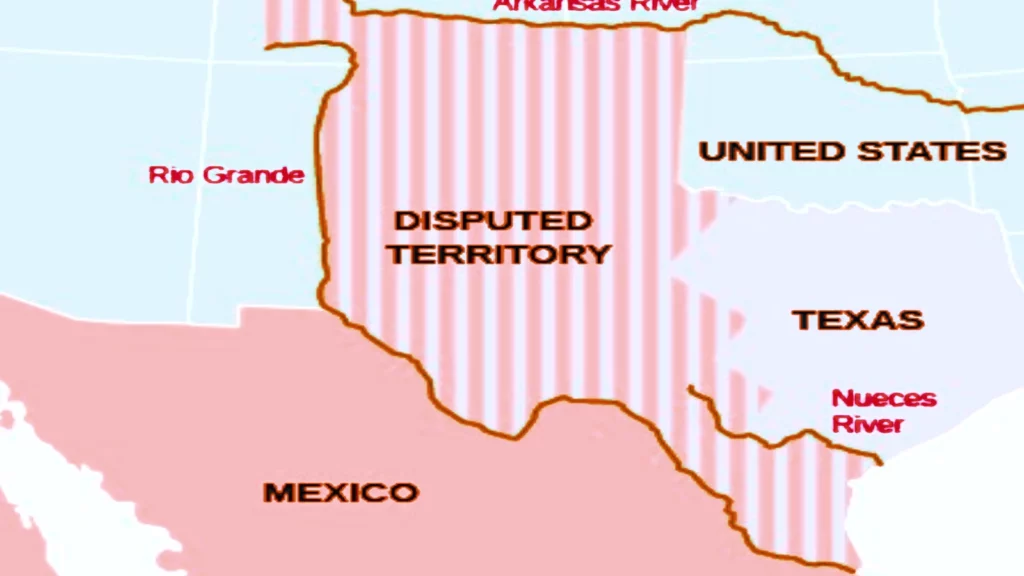The Nueces Strip is a fascinating and historically significant region of South Texas that has long captured the imagination of historians, adventurers, and anyone interested in the rich tapestry of the American Southwest.
Spanning the area between the Nueces River and the Rio Grande, this vast expanse was once home to an astounding population of wild horses, earning it the moniker the “Wild Horse Desert.”
The Wild Horse Desert of Texas
In the early 19th century, the Nueces Strip was teeming with an estimated one million wild horses, descendants of those brought to the Americas by Spanish explorers centuries earlier.
These majestic mustangs roamed the rolling prairies in massive herds, their trails crisscrossing the landscape and giving the impression of a heavily populated region, when in fact it remained largely uninhabited by humans.
As the Republic of Texas and Mexico disputed the border in this area, the Nueces Strip became a lawless frontier, attracting a cast of characters ranging from outlaws and smugglers to Texas Rangers and U.S. Army forces.
The abundance of wild horses made the region an attractive target for capture and taming, with many early ranchers and cowboys building makeshift corrals to round up and sell the mustangs.
One notable figure who encountered the wild horses of the Nueces Strip was a young lieutenant named Ulysses S. Grant, who would go on to become the 18th President of the United States.
In his memoirs, Grant described the “immense herd of wild horses” that stretched as far as the eye could see, a testament to the sheer scale of the mustang population in this region.

The Nueces Strip Dispute
The border between the Republic of Texas and Mexico was a source of ongoing tension and conflict in the 1830s and 1840s.
Texas claimed the Rio Grande as its southern border, while Mexico insisted the border lay at the Nueces River, about 150 miles to the north.
This disputed area, known as the Nueces Strip, was effectively controlled by neither country, and became a lawless frontier zone.
The annexation of Texas by the United States in 1845 only exacerbated the situation, as Mexico denounced the move as “an act of aggression.”
President James K. Polk attempted to resolve the dispute diplomatically, sending an envoy to Mexico City to negotiate the purchase of the Nueces Strip, but these efforts were rebuffed.
Undeterred, Polk ordered General Zachary Taylor and his forces to move south to the Rio Grande, effectively occupying the Nueces Strip.
This provocation led to the outbreak of the Mexican-American War in 1846, with the first skirmishes taking place in the contested territory.
The war ultimately resulted in Mexico ceding the Nueces Strip, along with much of the American Southwest, to the United States in the Treaty of Guadalupe Hidalgo in 1848.

The Lawless Frontier of the Nueces Strip
Even after the Nueces Strip was firmly under American control, the region maintained a reputation for lawlessness and smuggling.
The Texas Rangers and U.S. Army forces were tasked with maintaining order in this rugged and sparsely populated area, which continued to attract outlaws and those seeking to evade the law.
The Nueces Strip also played a role in the Underground Railroad, serving as a route for enslaved people fleeing northward to freedom.
The remote and unpoliced nature of the region made it an attractive corridor for this clandestine network.
In the decades following the Mexican-NWar, the Nueces Strip gradually transitioned from a wild frontier to a more settled and developed region, with the establishment of ranches, towns, and military outposts.
Today, the legacy of the Wild Horse Desert and the border disputes that defined its history continue to captivate and inspire those interested in the rich tapestry of the American Southwest.
Norteño cooking: dishes from the Nueces Strip
The cuisine of the Nueces Strip, known as Norteño cooking, is a unique blend of indigenous, Spanish, and Mexican influences.
The region’s proximity to the Gulf of Mexico and the Rio Grande provides an abundance of seafood, while the arid climate is well-suited for growing crops like corn, beans, and chiles.
Some of the most iconic dishes from the Nueces Strip include:
- Tacos al carbón: Grilled beef or chicken tacos, often served with guacamole, pico de gallo, and queso fresco
- Enchiladas norteñas: Enchiladas made with corn tortillas, shredded chicken or beef, and a creamy sauce
- Carne asada: Grilled steak, usually served with rice, beans, and tortillas
- Fajitas: Grilled strips of beef or chicken, often served with sautéed onions and peppers, guacamole, and pico de gallo
- Barbacoa: Slow-cooked beef, often served in tacos or on its own with rice and beans
The book “Dishes from the Wild Horse Desert: Norteño Cooking of South Texas” by Melissa Guerra provides an in-depth look at the culinary traditions of the region.
Guerra, a native of the Nueces Strip, shares recipes and stories that showcase the unique flavors and techniques of Norteño cooking.
The book includes recipes for classic dishes like picadillo (ground beef with tomatoes, onions, and spices), enchiladas norteñas, and pan de campo (a type of cornbread), as well as more contemporary interpretations of traditional favorites.
Through her writing, Guerra celebrates the rich cultural heritage and resilience of the people who have called the Nueces Strip home for generations.

Your n°1 source of information on the world of sandsports and desert adventure travel. Our articles are the result of extensive research, personal experience, and knowledge-sharing within the global sandboarding community.